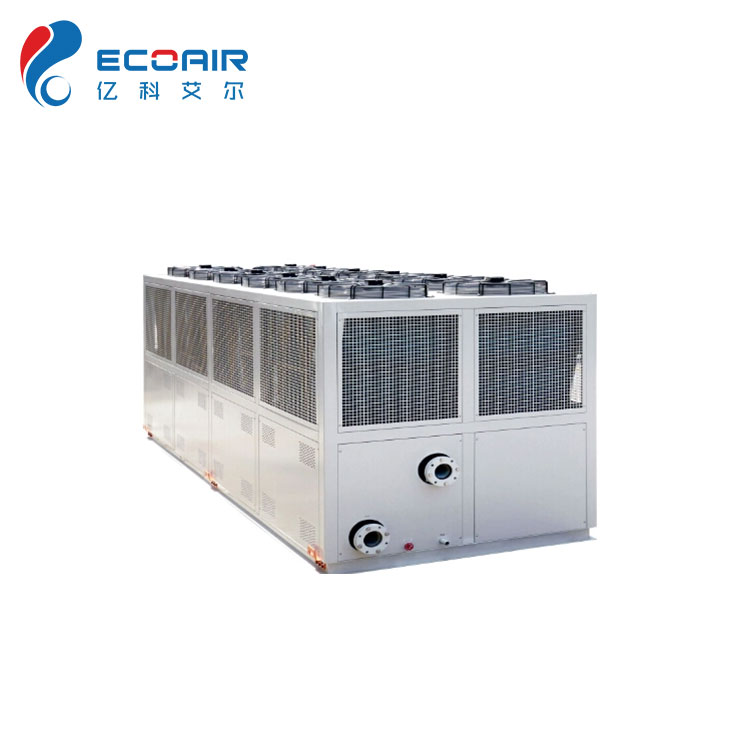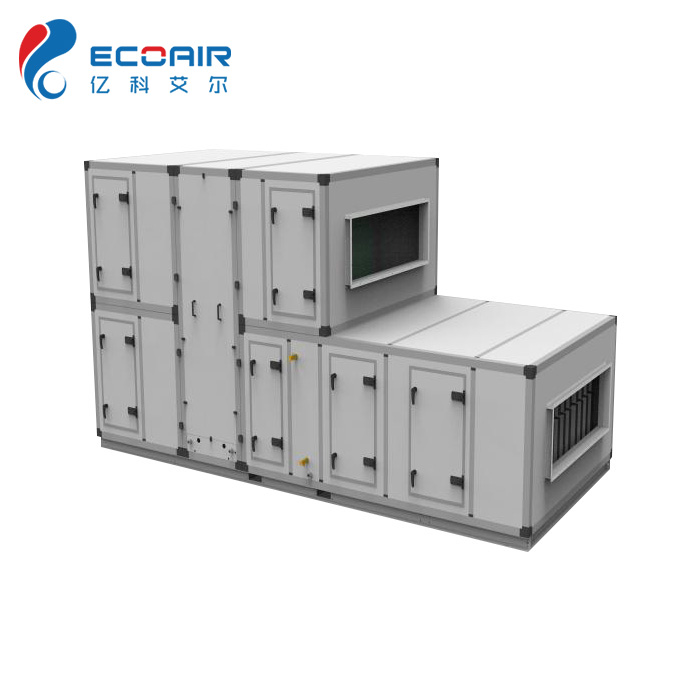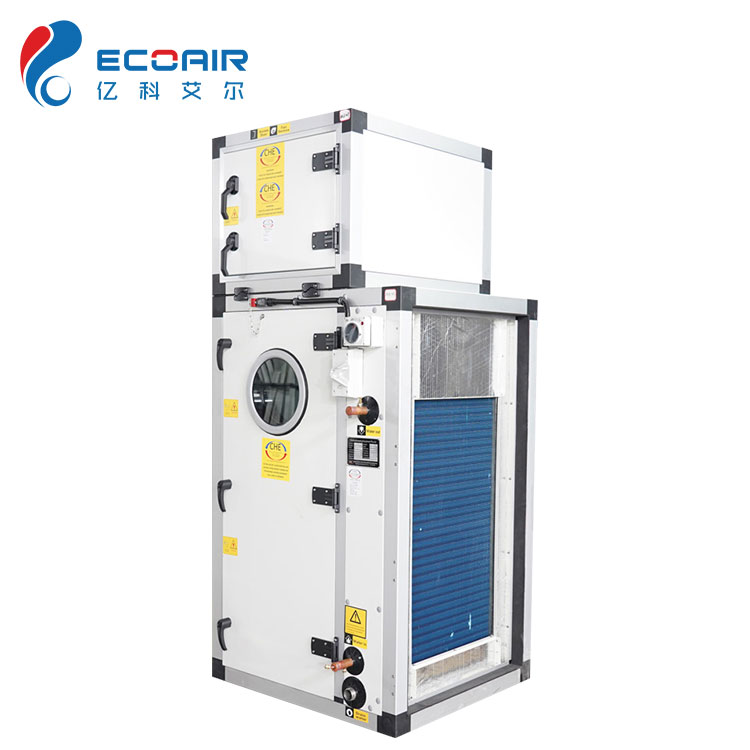Principle of Air Cooled Chillers
2024-01-20
Air-cooled chillers are a type of refrigeration system used to cool and dehumidify air in buildings or industrial processes. The principle of operation for air-cooled chillers involves the basic refrigeration cycle, which includes compression, condensation, expansion, and evaporation. Here's a simplified explanation of the principle of air-cooled chillers:
Compression:
The process begins with a compressor that draws in low-pressure, low-temperature refrigerant vapor from the evaporator coil. The compressor then compresses the refrigerant, increasing its pressure and temperature.
Condensation:
The high-pressure, high-temperature refrigerant vapor then flows to the condenser coil, which is located in the outdoor unit of the chiller. In air-cooled chillers, the condenser coil is designed to dissipate heat to the surrounding air.
As the refrigerant releases heat to the air, it undergoes a phase change from a vapor to a high-pressure, high-temperature liquid.
Expansion:
The high-pressure liquid refrigerant then passes through an expansion valve, where its pressure is rapidly reduced. This causes the refrigerant to expand, resulting in a decrease in temperature and pressure.
Evaporation:
The low-pressure, low-temperature refrigerant now enters the evaporator coil, which is located indoors. In this coil, the refrigerant absorbs heat from the air or the process it is meant to cool.
As the refrigerant absorbs heat, it undergoes another phase change from a liquid to a low-pressure vapor.
Return to the Compressor:
The low-pressure vapor returns to the compressor, and the cycle repeats.
In the case of air-cooled chillers, the condenser coil is equipped with fins that increase the surface area and facilitate the transfer of heat to the ambient air. Fans blow air over the condenser coil, helping to dissipate the heat and cool the refrigerant, which completes the cycle.
Key advantages of air-cooled chillers include their simplicity, compact design, and ease of installation compared to water-cooled chillers. However, their efficiency may be affected by ambient air temperature and can be lower than water-cooled alternatives in certain conditions. Additionally, air-cooled chillers are often used in applications where water availability or water consumption is a concern.
















